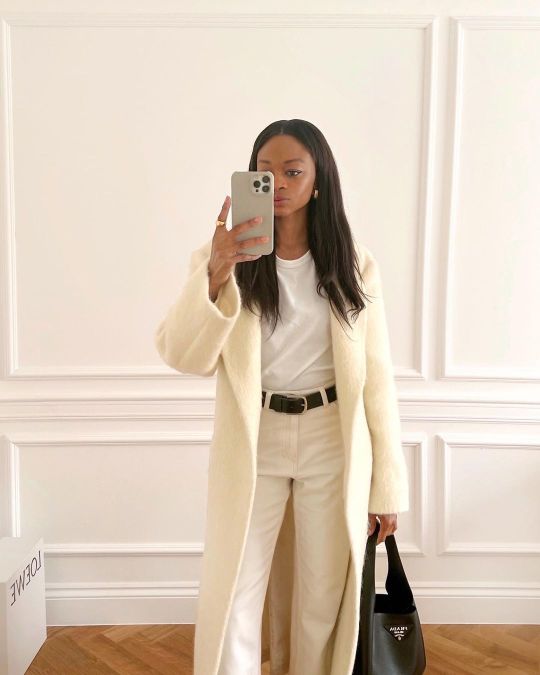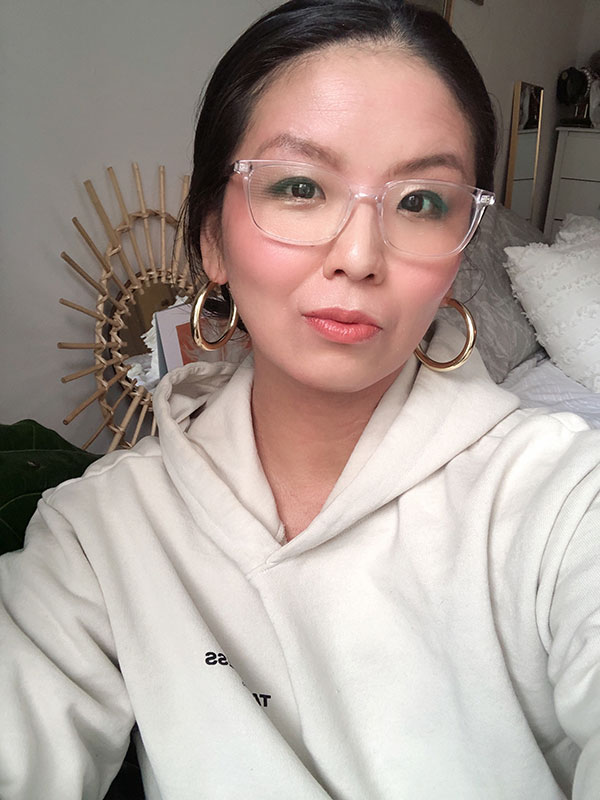
April 24, 2020 at 06:00AM

I cannot even remember a life before screens. Can you? In today’s world, we’re not just on one screen at a time but often multitasking on multiple screens. Or should I say, multi-screening? One minute, you’re on your laptop while watching TV, the next furiously catching up on group texts and an occasional Instagram-scroll “break.” What do our poor eyes even look at anymore that’s not a screen?
We spend nearly half of our waking hours (42%) on screens (almost seven hours a day), according to a survey done by contact lens manufacturer Cooper Vision. For the past few years, I’ve been operating on the lowest light on my Macbook and iPhone, in addition to dark mode on all devices and night mode (orange light) starting at 8 p.m. I am talking about two to three bars on the brightness scale. For any normal person, that is basically pitch black (just ask any of my co-workers when I’m trying to show them something on my screen), but for me, it was a relief for my sensitive eyes to no longer be constantly staring at a brightly lit screen.
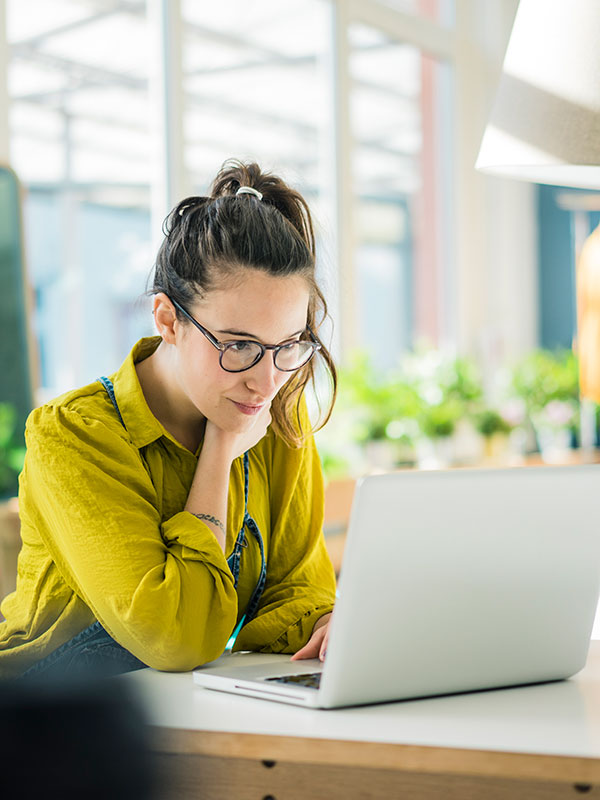
With blue light–blocking lenses emerging as a trend in recent years, I embarked on a journey to test out a pair. Do these really work? Do they relieve you from any eye strain? Find out below.
ADVERTISEMENT
ADVERTISEMENTKate Spade Autumn/Winter Sale |
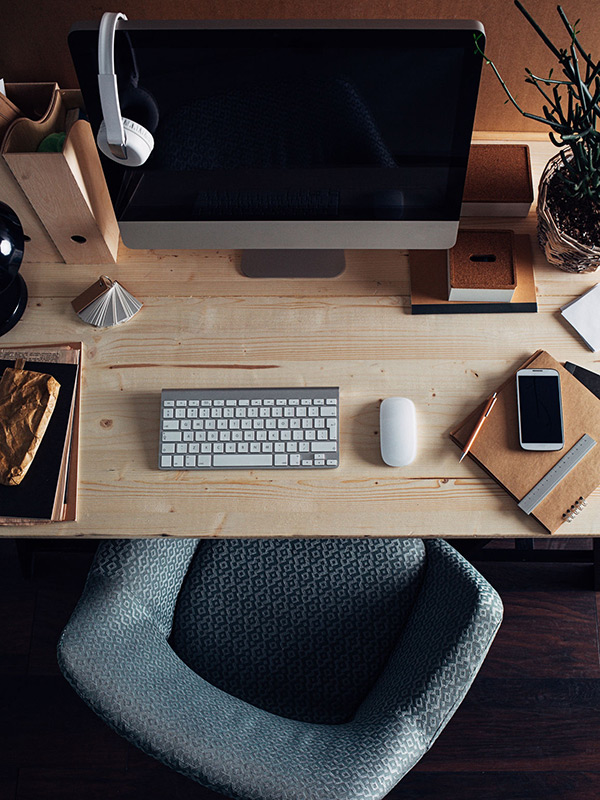
Let’s start off with facts and basics. Any screen such as laptops, cell phones, TVs, and tablets emit blue light via white light. (The sun releases white light at the highest degree.) According to the American Academy of Ophthalmology, a lot of people blink less when looking at screens, which can cause eye strain and dry eyes. You could even experience blurred vision or headaches.
Blue light–blocking lenses block the blue wavelength of the white-light spectrum, consisting of all color wavelengths of the rainbow. Most lenses are manufactured to absorb the blue nanometer (nm) of blue light with typical ranges of 400 to 500.
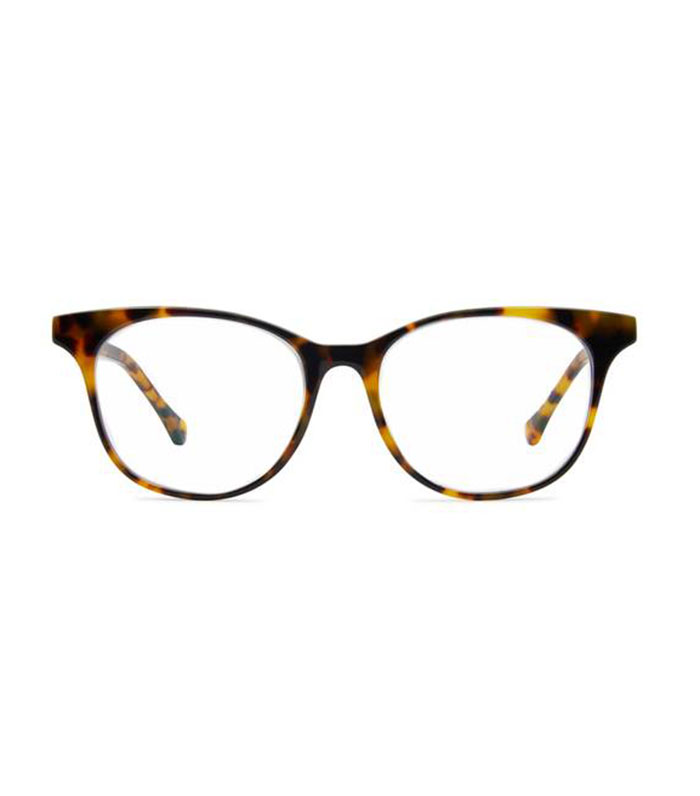
I spoke to my optometrist, Oscar Leis, OD, of Metropolitan Vision Correction Associates, further on this matter. Leis treats his patients who have eye strain concerns with different options that are customized to their lifestyle. “I keep this in mind with my designers, artists, and any profession that requires exact perception of color,” he said. “Because it omits this wavelength, things can appear more orange.” Sometimes blue light–blocking lenses aren’t recommended, and adding an external filter that blocks blue light to their computer monitor is considered instead.
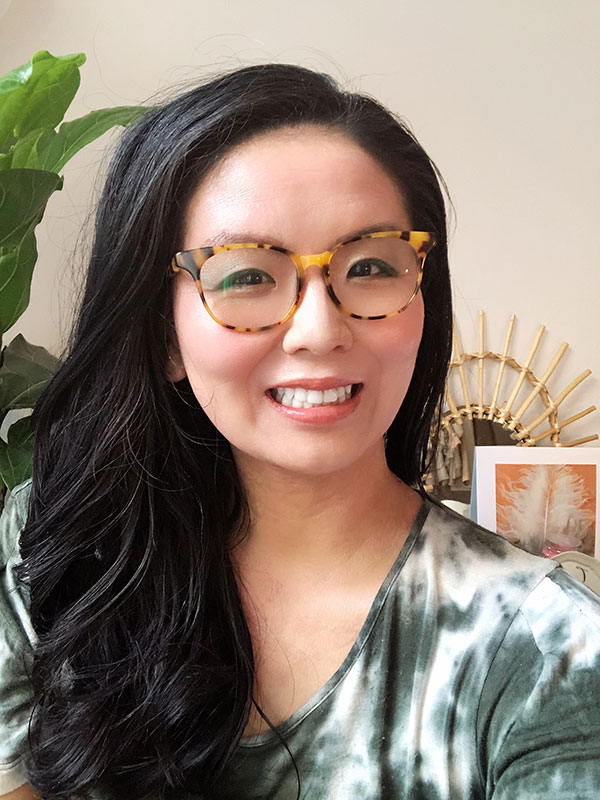
For optimal testing, I wore my blue light–blocking lenses from Felix Gray for a week, continuing on my daily screen time and activity like normal and then for the second week, continued on without the lenses. The glasses cover the highest degree of absorption of the blue light—hence “blocking” the wavelength from reaching your eyes. The brand’s lenses filter close to 90% at the high-energy level from 380 to 440nm, but their proprietary technology allows them to filter around 30% at 455nm, which is what needs to be blocked in order to combat digital strain.
During the first week of wear, not only was I getting used to having something perched on top of my nose all day, but I didn’t really notice a difference and wondered “What I am supposed to be feeling right now really?” Aside from some fun selfies with my new lenses, I continued on course for the week. The only thing I did test was increasing my brightness bars to the middle, around 50% of the entire brightness levels. Having my screens brighter did not hurt my eyes as it would have had in the past.

It wasn’t until the second week without the lenses that I started to notice a difference. Not only did I feel like I couldn’t be on the computer long, but I had to take multiple breaks throughout the day. I could not focus for long or stare at the screen long enough to work and get through tasks. I wouldn’t say I had a headache, but there was some disorientation after working on my laptop and so forth. The biggest finding was that during my second week, I was having trouble falling asleep. Prior to wearing the glasses, I slept “okay”—sometimes there were good nights and sometimes bad nights. During the first week of wearing the glasses, when looking back, I soundly dozed off and slept like a baby. During the second week, I was tossing and turning until the middle of the night, wondering if my late dinner was to blame.
Turns out, not only does blue light affect your eyes, but it disrupts your sleep patterns. A Harvard study showed that blue-light exposure at night suppresses melatonin secretion by two times, which can lead to sleep disruption. And apparently, 71% of Americans spend over an hour before bed looking at screens.
So after my experience, it wasn’t even a question of whether or not I will continue on with my new framed look.
ADVERTISEMENT
ADVERTISEMENTSports Direct Free Delivery on All Orders! |
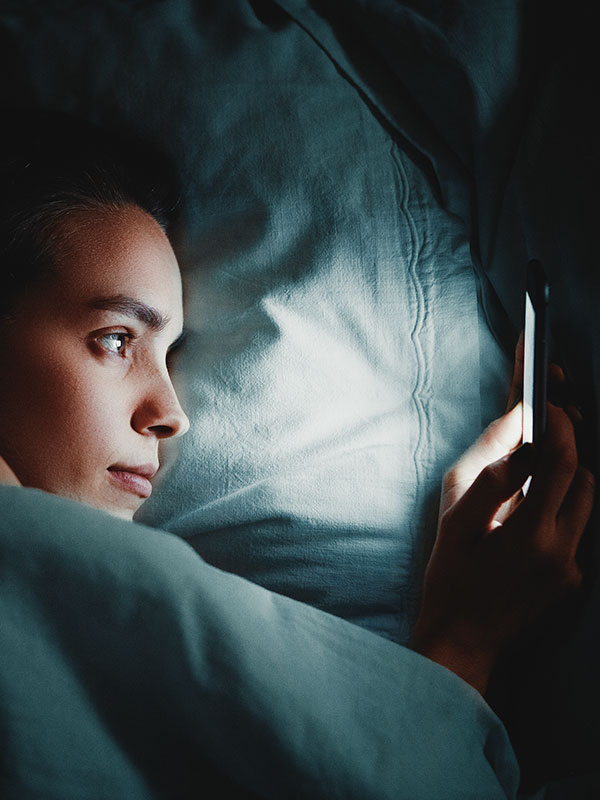
Ultimately, it’s up to personal preference. It’s important to note that the AAO does not recommend any special eyewear for computer use. But again, like me, you might find that blue-light glasses can help. Chat with your eye doctor, who can help you figure out if it will help or not.
All in all, whether you wear blue light–blocking glasses or not, Leis recommends the 20-20-20 rule for reducing eye strain. “Take a 20-second break every 20 minutes and look at something 20 feet away,” he says. “Taking frequent short breaks has been very helpful in reducing long-term, end-of-day strain and dry eye.” When combating any dry eyes, he recommends using artificial tears (like Systane or Refresh) during these breaks to lubricate and reduce dryness at the end of the day.
To further protect against eye strain, the AAO also recommends sitting about 25 inches from the computer screen and positioning the screen slightly downward, using a matte screen filter, and adjusting room lighting or increasing the contrast on your screen. And if you wear contacts, give yourself a break sometimes by wearing your eyeglasses.
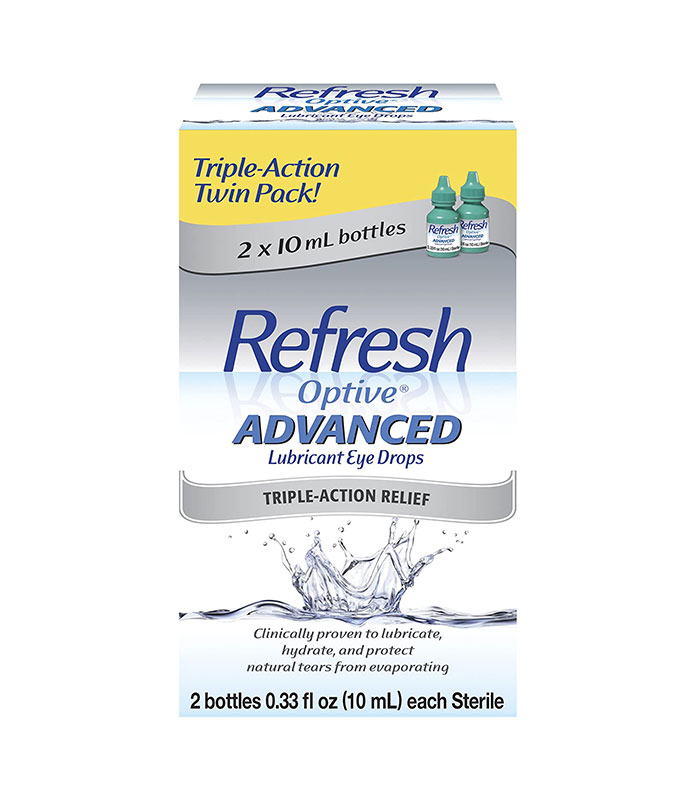
However, the biggest piece of advice? “Get a thorough examination to evaluate your focusing system,” Leis says. “First, establish that there is no imbalance between your focusing and convergence system, that there are no actual eye problems or conditions and that the two eyes are working together appropriately.” This is setting the most important foundation of your eye health. That said, yearly check-ups are of the utmost importance since some retinal diseases are asymptomatic.
While blue-light glasses may help prevent strain and preserve eye health, it is also important to remember nutrients that help promote eye health. “Eat lots of green leafy vegetables, such as kale, spinach, arugula, even broccoli, as they contain lots of lutein, which are great for retinal health,” Leis recommends. “Omega-3s in fish oil, 1000 milligrams, as well as flaxseeds are both very helpful for dry eyes and inflammation. The most obvious thing, but we forget, for dry eyes specifically, is stay hydrated!”
And if you do want to experiment with blue-light glasses, take a look at some of our recommendations below:
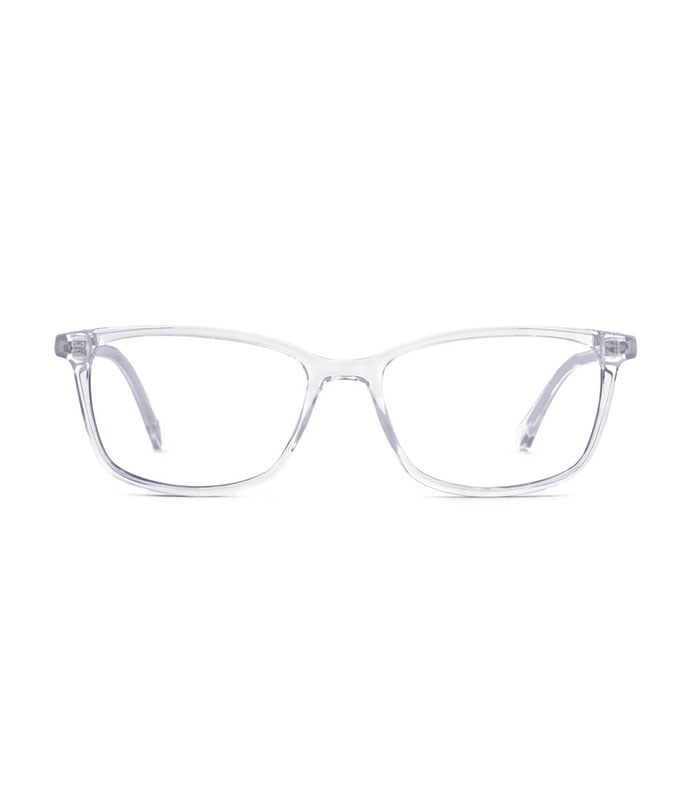
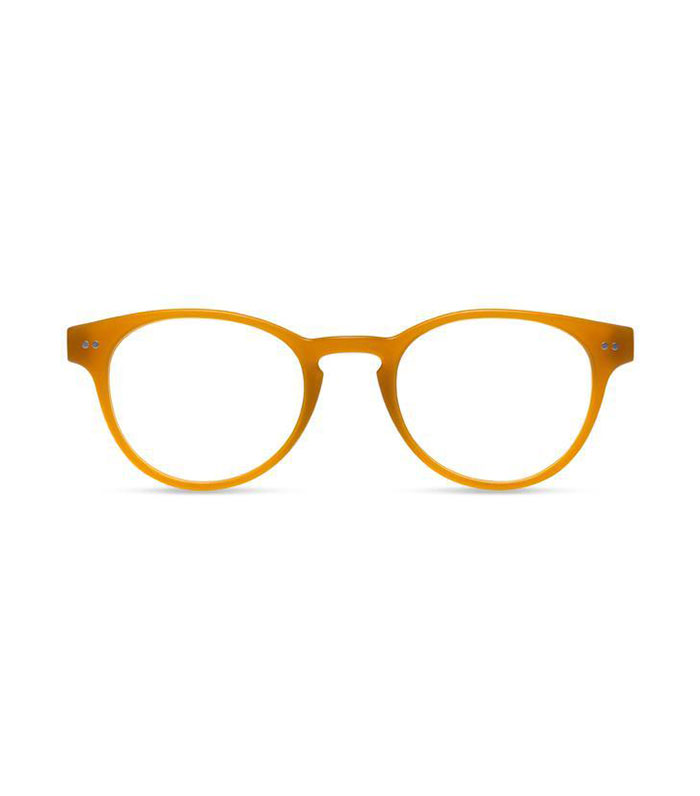
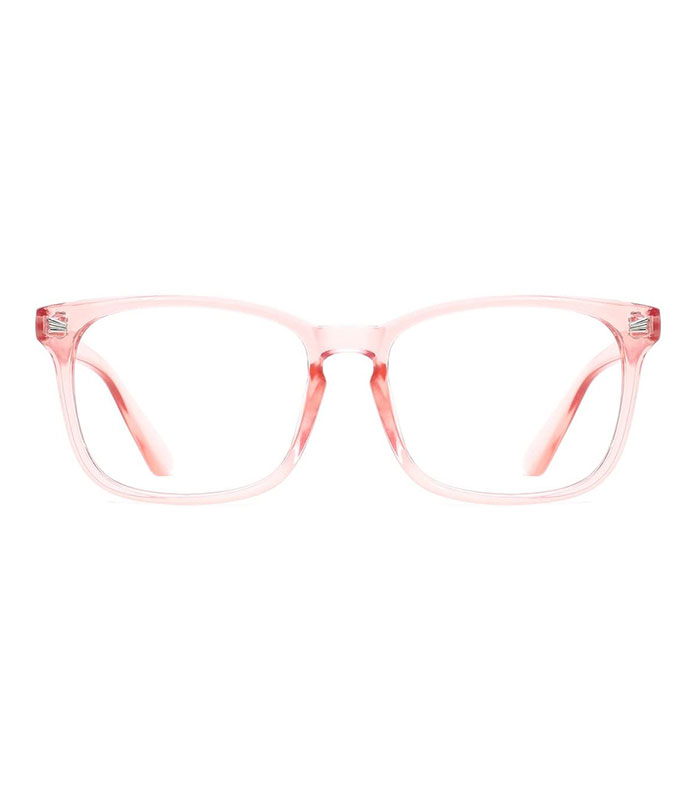
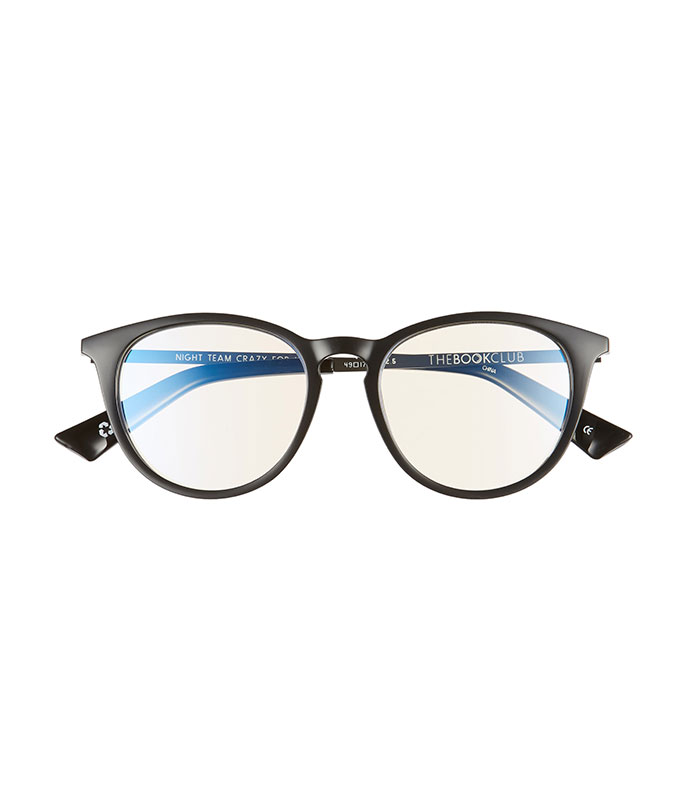
ADVERTISEMENT
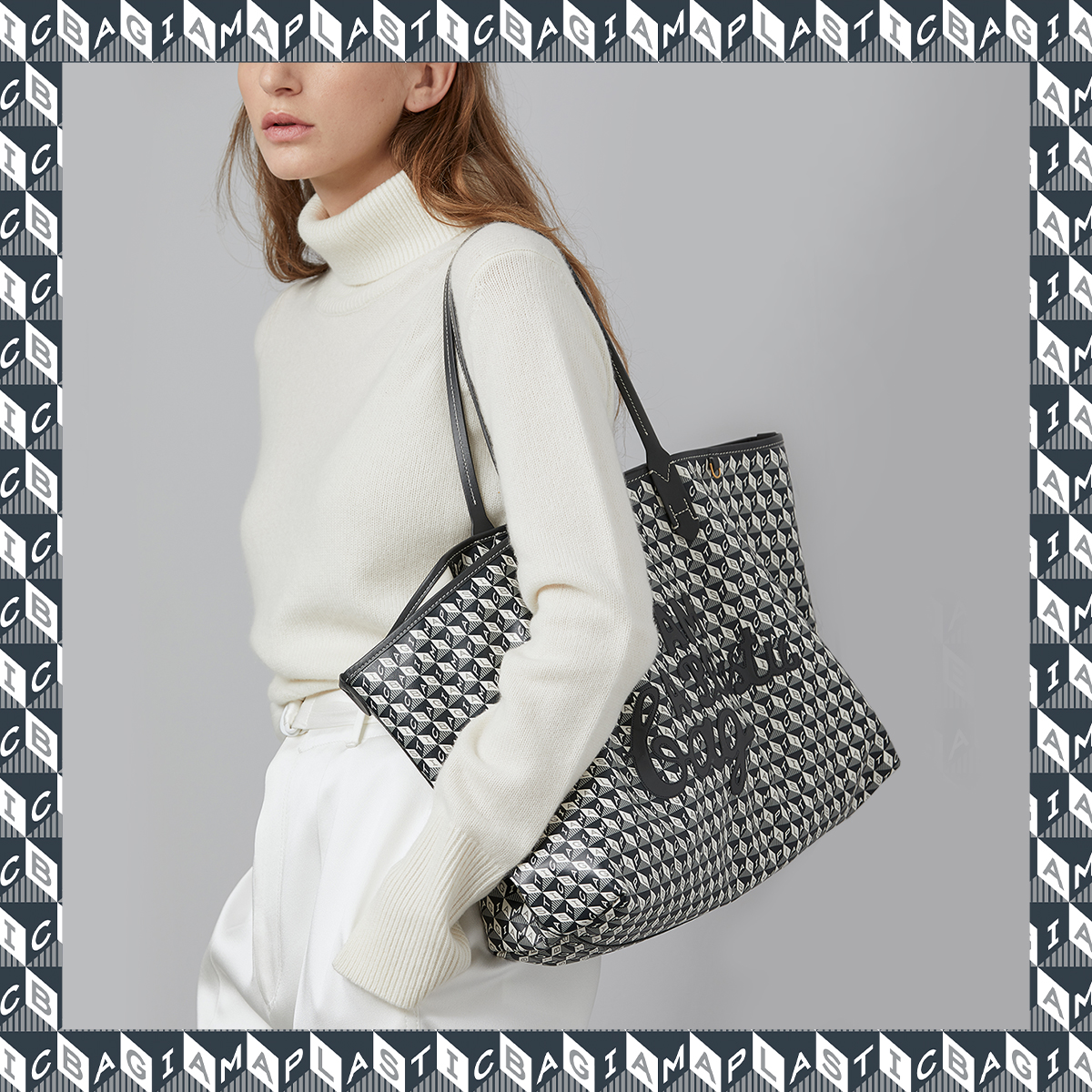
ADVERTISEMENT
Anya Hindmarch - I AM A PLASTIC BAG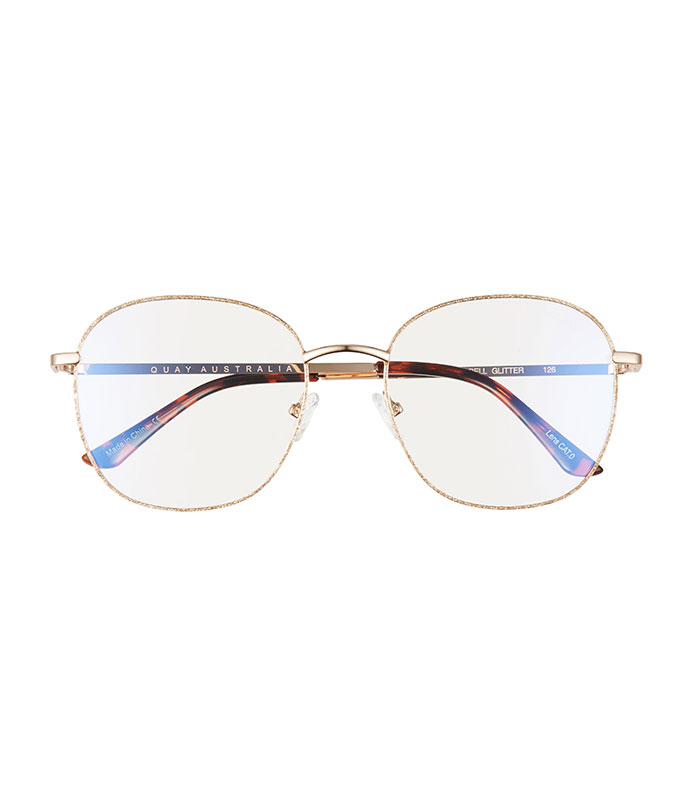
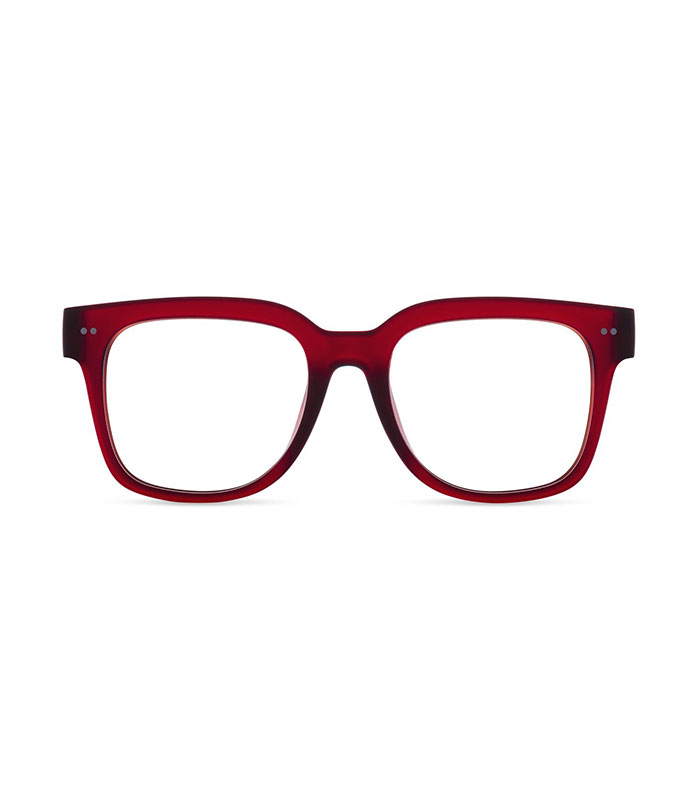
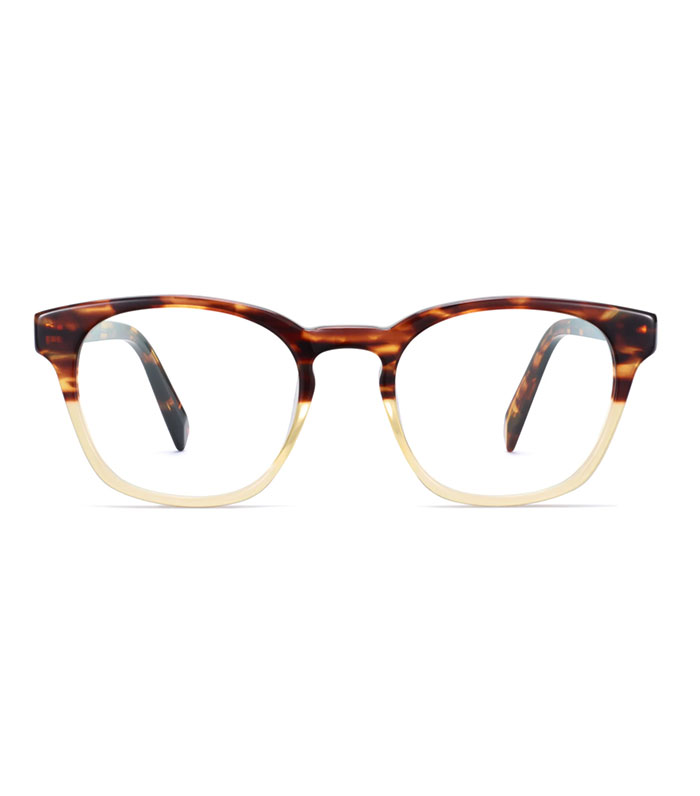
Author Amy Choi | Whowhatwear
Selected by CWC
ADVERTISEMENT
ADVERTISEMENTUp to 30% off Gift Sets |







